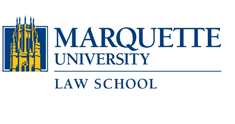Abstract
Historically, prosecution under Section 10(b) of the Securities and Exchange Act of 1934 has been limited to cases of nondisclosure fraud involving breach of a fiduciary duty to the corporation, its shareholders, or the source of the material nonpublic information. Some legal scholars criticize the limited scope of this law, arguing that it creates a loophole through which persons may trade on stolen material nonpublic information without fear of prosecution. Bringing this issue to the forefront was a 2009 case, SEC v. Dorozhko, involving a Ukrainian citizen who hacked into a company’s secure computer network where he accessed corporate financials prior to their release. In its opinion, the Second Circuit Court of Appeals greatly extended the reach of the SEC’s policing power by adopting a new theory of insider, which eliminates the fiduciary duty requirement in cases involving an affirmative misrepresentation rather than a nondisclosure. In light of the court’s unprecedented holding, this note examines the second circuit’s approach, arguing that the Circuit impermissibly combined two distinct theories of securities fraud. Notwithstanding the second circuit’s flawed approach, this note goes on to argue that computer hacking carried out in connection with securities trades should be condemned by the securities laws under the fraud on the investor theory of insider trading as a matter of public policy.
Repository Citation
Elizabeth A. Odian,
SEC v. Dorozhko's Affirmative Misrepresentation Theory of Insider Trading: An Improper Means to a Proper End,
94 Marq. L. Rev. 1313
(2011).
Available at: https://scholarship.law.marquette.edu/mulr/vol94/iss4/8
